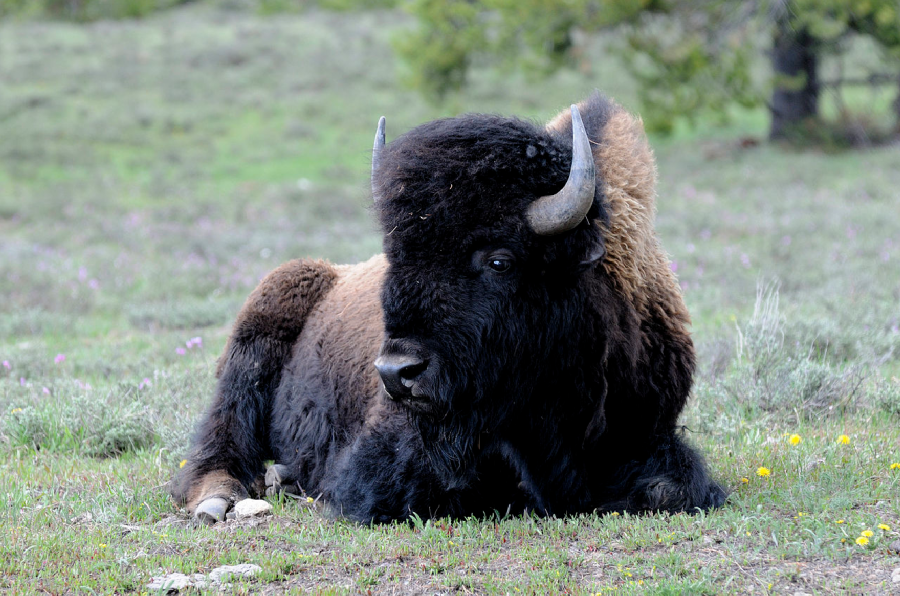Last week, the House approved the National Bison Legacy Act, and although it still awaits a signature from President Obama, this puts the United States one step closer to having its first national mammal: the American bison.
Along with the placement of Harriet Tubman on the $20 bill, the recognition of the American bison as the national mammal of the United States marks a new era in American politics and culture, in which institutional appreciation and respect for our history — even its darkest hours — truly become integral in shaping our future. While the past has always dictated the present in American governance, the critical analysis of symbols from our past, insignificant though it may seem at first glance, is a huge step forward for many social issues today.
As Wildlife Conservation Society President Cristián Samper told the Washington Post, “[The bison is an] icon that represents the highest ideals of America: unity, resilience, and healthy landscapes and communities.”
But it isn’t just activists who recognize the importance of the animal in America’s past and present. The bill itself is a surprisingly and beautifully poetic tribute to the animal and to the United States as a country. The bill is outlined as a simple list of all the reasons the bison ought to be adopted as the national mammal of the United States.
Some of the more poignant examples from the list include, “bison were integrally linked with the economic and spiritual lives of many Indian tribes through trade and sacred ceremonies”; “On Dec. 8, 1905, William Hornaday, Theodore Roosevelt, and others formed the American Bison Society in response to the near extinction of bison in the United States”; “On Oct. 11, 1907, the American Bison Society sent 15 captive-bred bison from the New York Zoological park … to the first wildlife refuge in the United States”; and “a bison has been depicted on the official seal of the Department of the Interior since 1912.”
The past few years have marked some of the largest American cultural changes since the ’60s. Of course, there have been other times of great change. But in terms of reviewing American history, few eras have been quite as reflective. Consider the major symbolic shifts that have occurred in the United States in the past few years: widespread banning of the Confederate flag on government buildings, placing Tubman on the $20 bill, removing Andrew Jackson from the face of that $20 bill, nominating the bison as the national mammal, the addition of several national monuments and a new national park, to name a few.
Symbolism has always been important in U.S. history, but with the exception of tragedy (9/11 for example), symbolism in the United States has remained largely unchanged over the past few decades. Until now.
In addition to urging Obama to sign into law the National Bison Legacy Act,” the Daily Iowan Editorial Board hopes to impress upon its readers the importance of appreciating the changing landscape of U.S. symbolism. A minor aspect of modern-day life though it may be, the importance of connecting the past to our present and future through symbols will one day, undoubtedly, prove powerful.



